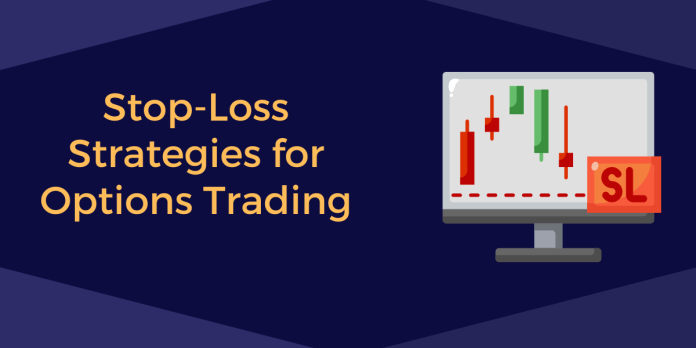When you’re trading stocks or options, managing risk with a stop-loss is crucial. You might have noticed that some trading recommendations suggest setting stop-loss orders on a closing basis, while others recommend intra-day stop-losses. This difference raises an important question: which approach is better for options traders? In this blog, we’ll explain why stop-loss orders on options should be intra-day and not on a closing basis, while also exploring the dynamics of stop-loss strategies for options Trading.
Read: Introduction to Call and Put Options
The Greek Story: Delta, Theta, and Gamma
To understand why stop-losses on options should be intra-day, let’s consider the Greeks—delta, theta, and gamma. These metrics indicate how options prices change based on underlying movements, time decay, and other factors.
Delta: The Price Mover
Delta represents the change in an option’s price relative to the underlying stock’s price. When you buy a call option, you’re betting on the underlying stock moving up. So, if the stock price drops, your call option’s delta leads to a decline in its value. This is why it’s critical to close your long call position if the stock falls to a certain level—waiting until the end of the day could lead to larger losses.
Theta: The Time Decay Factor
Options are wasting assets—they lose value over time due to theta, which represents time decay. If you set a stop-loss on a closing basis, you’re at risk of experiencing more time decay and therefore increased losses. This is why setting a stop-loss on an intra-day basis is more effective—it helps you mitigate the effects of theta and cut your losses before they grow.
Gamma: The Accelerator
Gamma indicates how much delta changes with each point move in the underlying stock. It can amplify your profits when the stock moves in your favor, but it has a smaller impact when the stock moves against you. Because of this, relying on gamma to recover losses from a stock rebound the next day is risky—theta might erode the option’s value faster than gamma can boost it.
Know Option Greeks:
Intra-Day Stop-Loss for Options
Given these factors, setting a stop-loss for options on an intra-day basis is the safer choice. Unlike a closing basis, an intra-day stop-loss allows you to react to stock price changes in real-time, minimizing the impact of time decay. This is particularly important when trading options, where every moment counts.
For index options, the stop-loss should be based on index futures, not the spot index. This is because index futures are tradable and reflect actual market sentiment more accurately than the spot index. An intra-day stop-loss based on index futures helps you navigate market fluctuations without falling victim to extended time decay.
Closing Basis Stop-Loss: Better for Stocks, Risky for Options
In contrast, a closing basis stop-loss can work for underlying stocks because they don’t suffer from time decay. However, there’s an opportunity cost—if the stock gaps down the next day, you might be forced to sell at a lower price. Despite this risk, holding onto a stock position through a sharp intra-day decline can lead to a rebound and potential profits.
In summary, when trading options, use intra-day stop-loss orders to minimize risks associated with delta, theta, and gamma. Closing basis stop-losses might seem appealing, but they expose you to greater losses due to time decay. By setting intra-day stop-losses, you can better protect your trades and reduce the impact of volatility on your options positions.
Disclaimer: This blog has been written exclusively for educational purposes. The securities mentioned are only examples and not recommendations. It is based on several secondary sources on the internet and is subject to changes. Please consult an expert before making related decisions.


